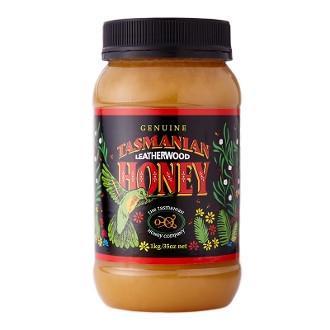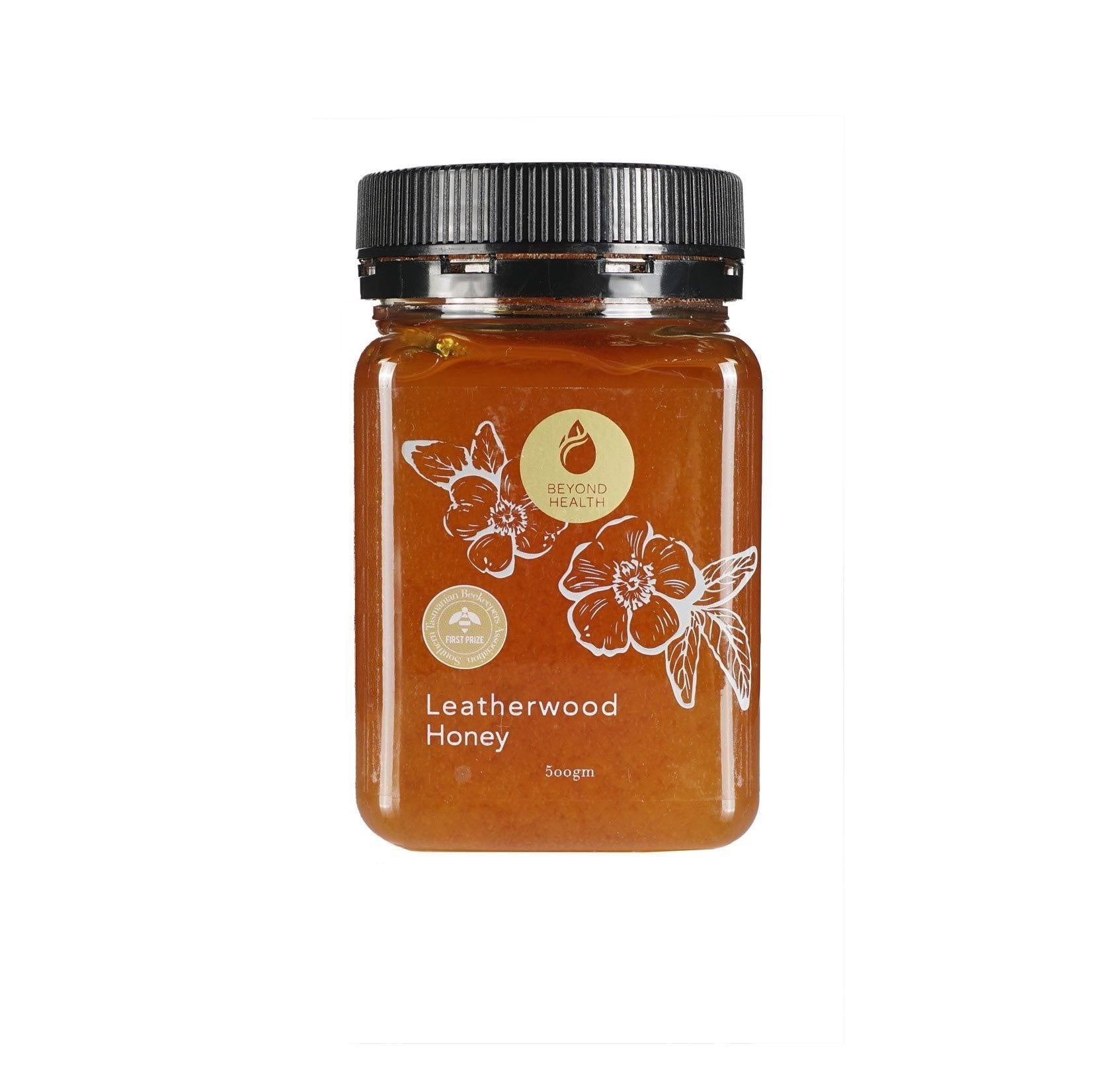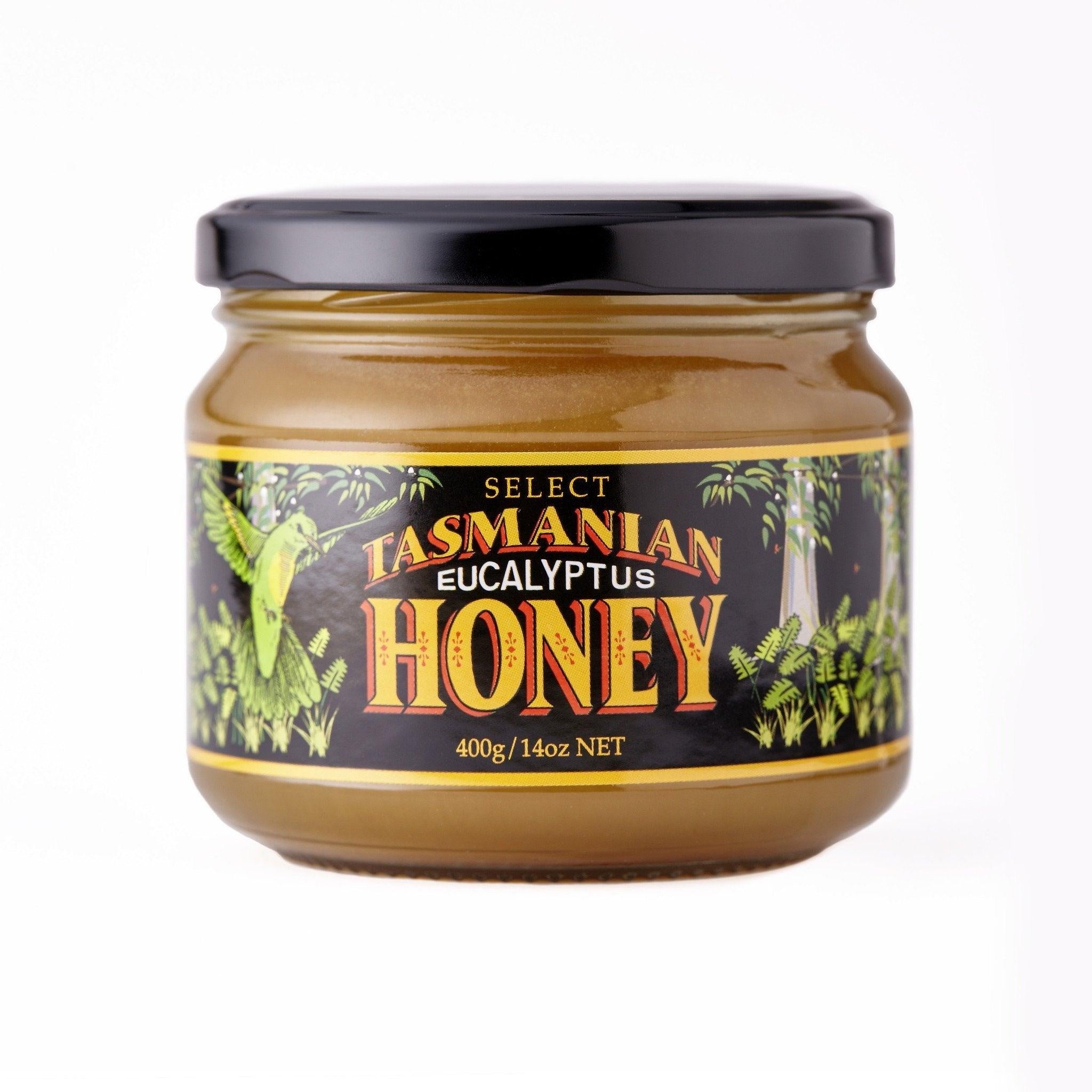Your shopping bag is empty
Pain and High Blood Pressure
- Posted by: Enquiry Admin
- Comments: 0
- Categories: Health
The Relationship Between Pain and High Blood Pressure: Causes, Effects, and Management
Introduction
High blood pressure, also known as hypertension, affects millions of people worldwide. Genetics, lifestyle, and diet lead to high blood pressure. However, the influence of pain on blood pressure levels cannot be ignored. This article explores the connection between the two, focusing on the causes, effects, and management strategies. We will also emphasize the importance of including fitness, whole foods, weight loss, eating green, nutrition, and meditation in maintaining cardiovascular health.
Understanding the Link
Acute Pain and Blood Pressure:
Sudden injuries or surgical procedures, can cause a temporary increase in blood pressure due to the body's stress response.
Stress hormones like adrenaline are released, leading to blood vessel constriction and higher blood pressure.
The elevation in blood pressure is typically short-lived. However, severe or prolonged acute pain may contribute to chronic hypertension if not managed properly.
Chronic Pain and Hypertension:
Chronic pain conditions, including arthritis, fibromyalgia, or back pain, can significantly impact blood pressure.
The persistent nature of chronic pain leads to prolonged activation of the stress response. Hence, this would result in chronically elevated blood pressure levels.
Sedentary behavior often associated with chronic pain can contribute to weight gain and reduced physical fitness, both of which are risk factors for hypertension.
Effects of High Blood Pressure
High blood pressure has detrimental effects on cardiovascular health.
Prolonged hypertension strains the heart, increasing the risk of heart disease, heart attack, and stroke.
Persistent high blood pressure can damage blood vessels, impair organ function, and contribute to conditions like kidney disease and vision problems.
Management Strategies
Pain Management Techniques:
Effective pain management is important to prevent or minimize its impact on blood pressure.
Multimodal approaches, including medication, physical therapy, heat/cold therapy, relaxation techniques, and complementary therapies like acupuncture or meditation, can help reduce pain levels and alleviate the associated stress response.
Lifestyle Modifications:
Adopting a healthy lifestyle is crucial for managing both pain and blood pressure.
Regular exercise, encompassing cardiovascular activities and strength training, improves fitness and promotes overall cardiovascular health.
Incorporating whole foods, such as fruits, vegetables, whole grains, and lean proteins, provides essential nutrients and supports a healthy weight.
Emphasize the importance of eating green and nutrition-rich meals to enhance overall well-being.
Stress Reduction Techniques for Pain and High Blood Pressure:
Stress plays a significant role in pain perception and blood pressure regulation.
Explore stress reduction techniques like meditation, deep breathing exercises, yoga, or mindfulness practices to promote relaxation and lower stress levels.
These techniques can help regulate blood pressure and improve overall mental and emotional well-being.
Sources
- Mayo Clinic. (2021). 10 Ways to Control High Blood Pressure without Medication. Retrieved from https://www.mayoclinic.org/diseases-conditions/high-blood-pressure/in-depth/high-blood-pressure/art-20046974
Conclusion on Pain and High Blood Pressure
While pain can cause temporary spikes in blood pressure, chronic pain conditions can have a more significant impact, contributing to long-term hypertension. It is crucial to manage pain effectively through various techniques and adopt a healthy lifestyle to promote cardiovascular health. Incorporating fitness activities, consuming whole foods, maintaining a healthy weight, practicing meditation, and reducing stress levels are all essential components of managing both pain and blood pressure. By addressing both simultaneously, individuals can improve their overall well-being and reduce the risk of complications associated with high blood pressure. Always consult with healthcare professionals for personalized advice and guidance in managing pain. Also, it is very important to see its effects on optimal blood pressure levels.






